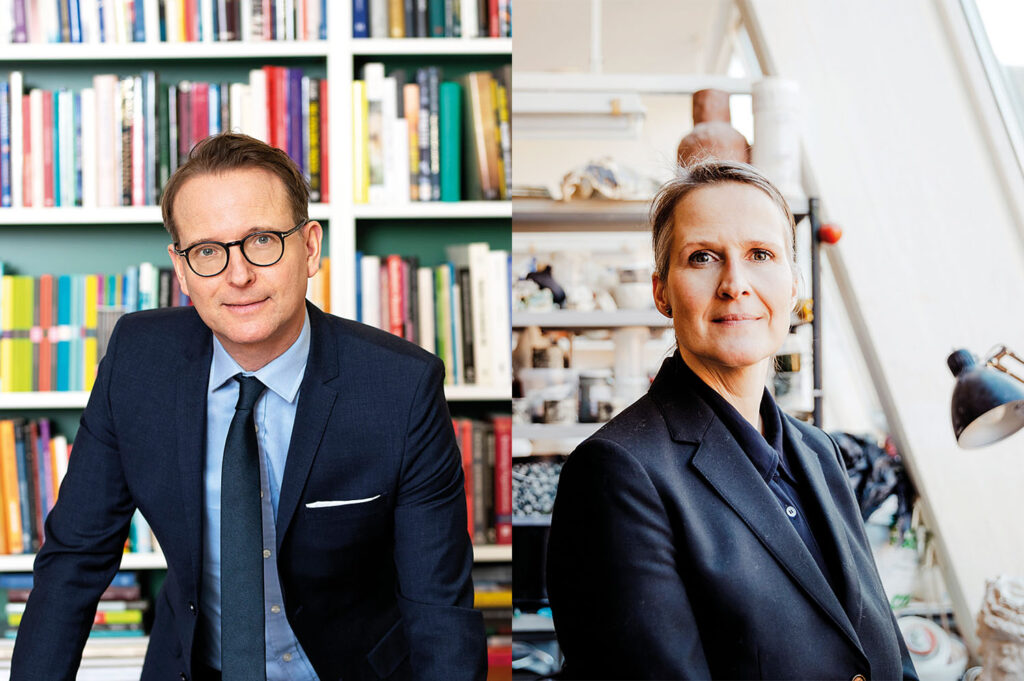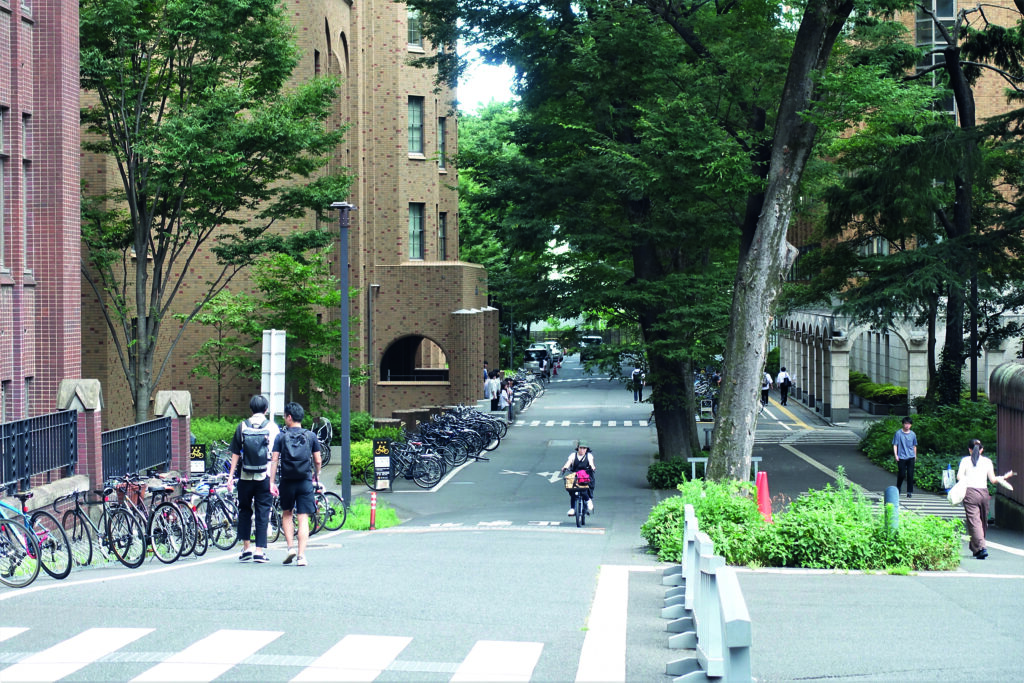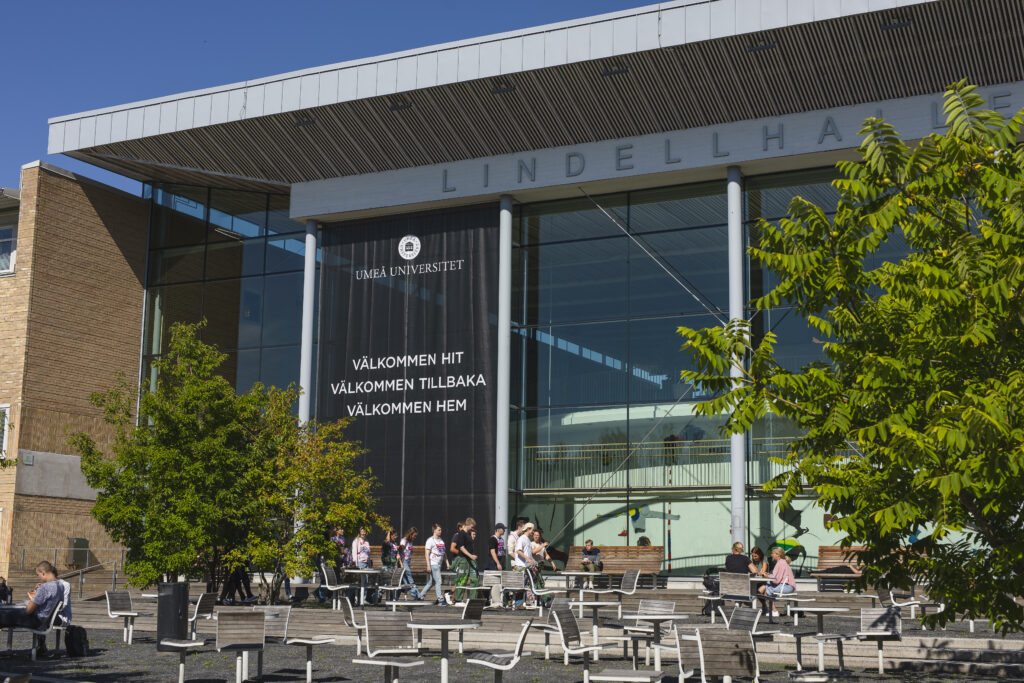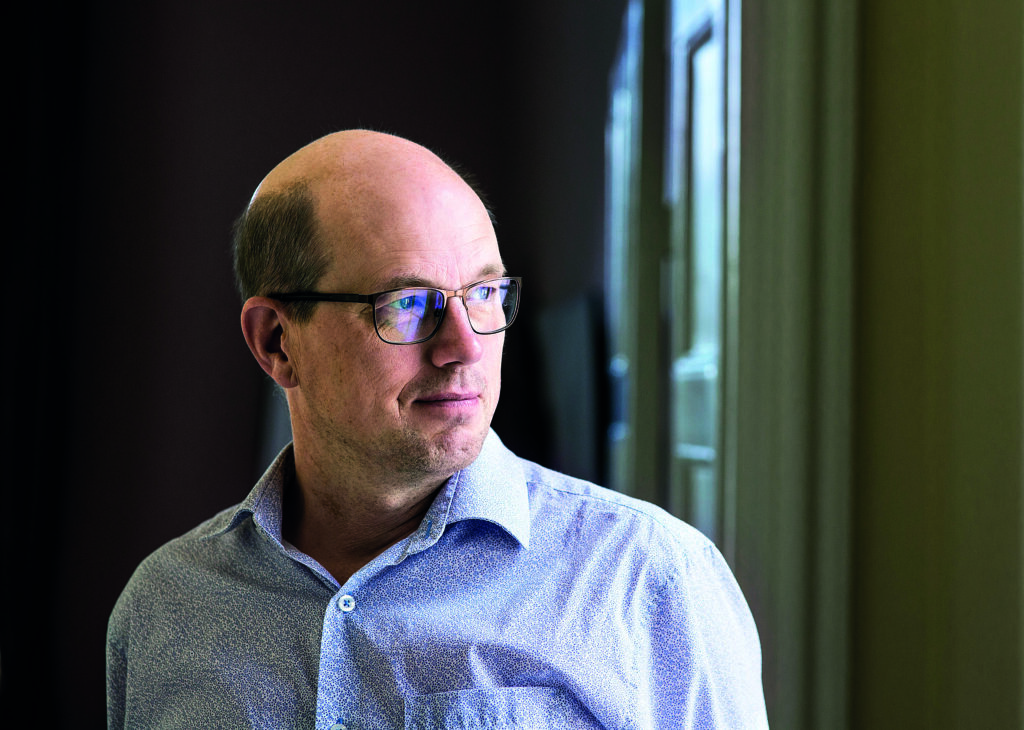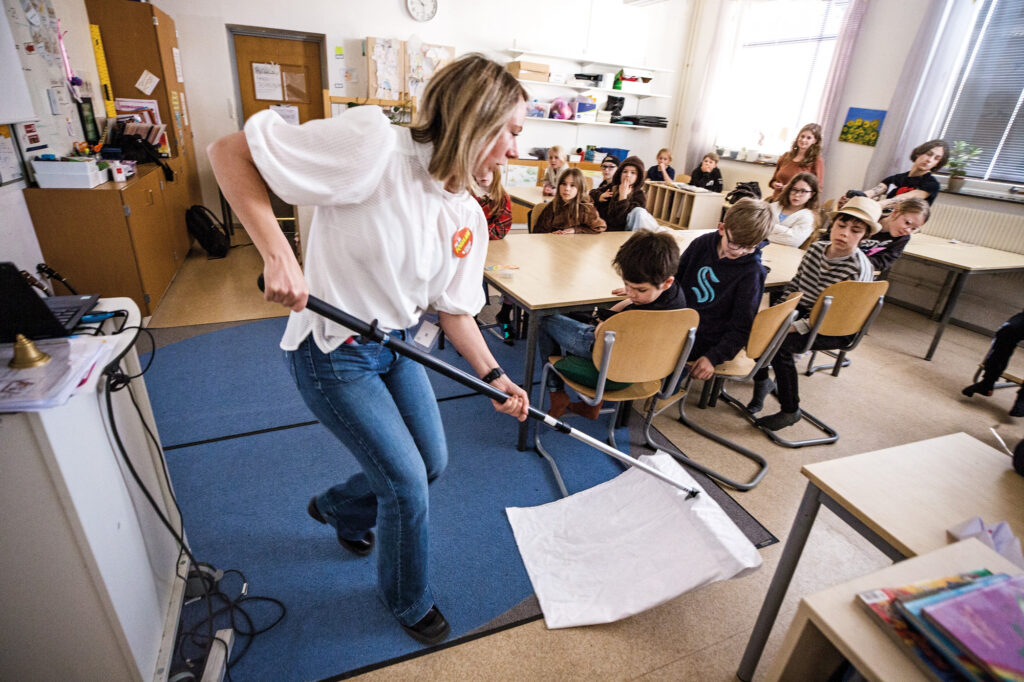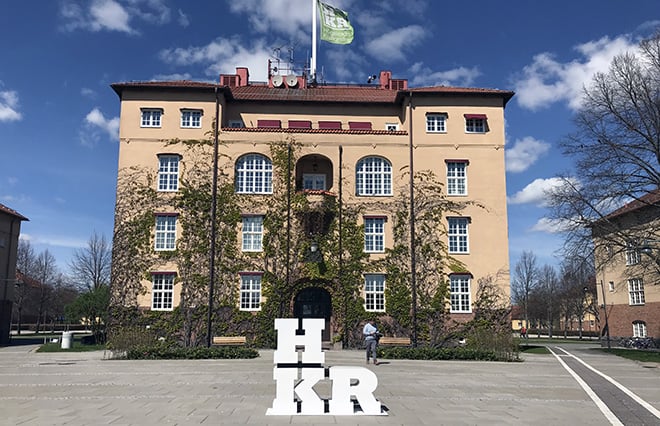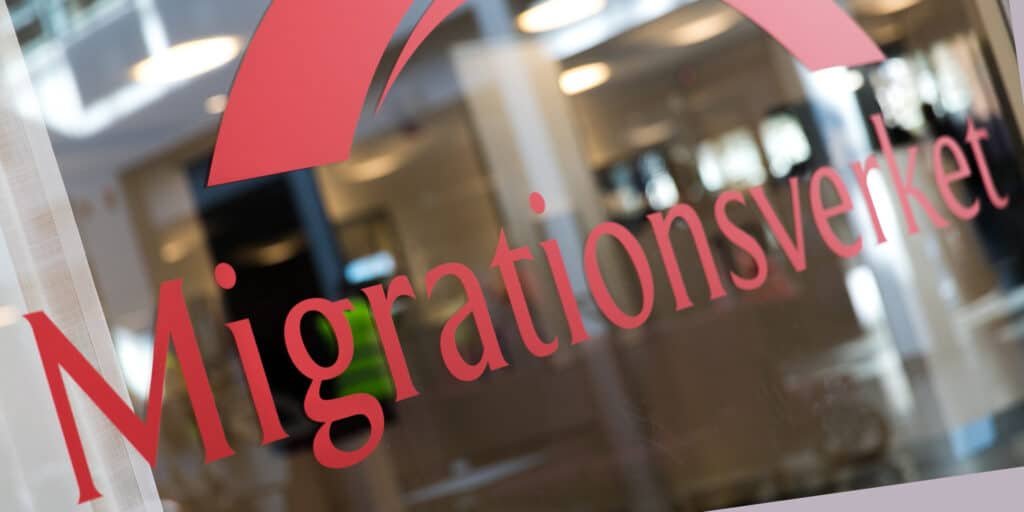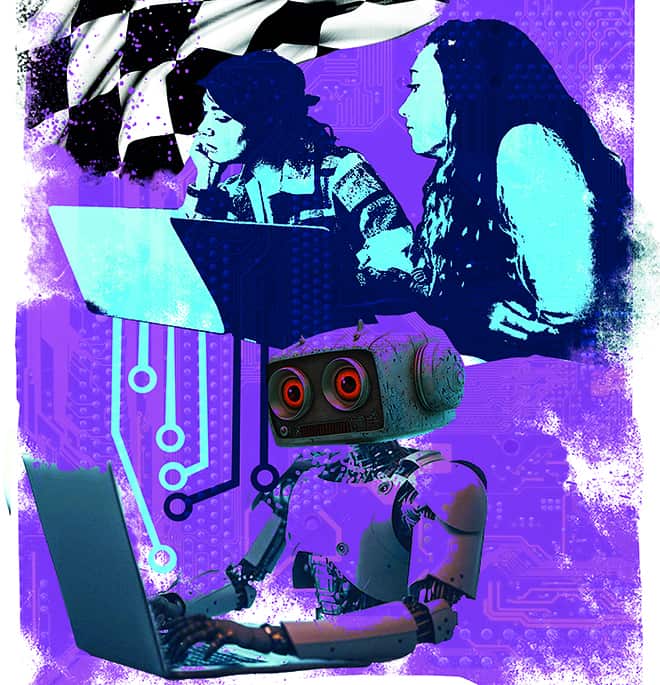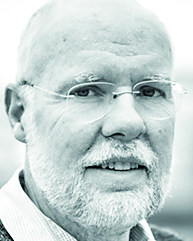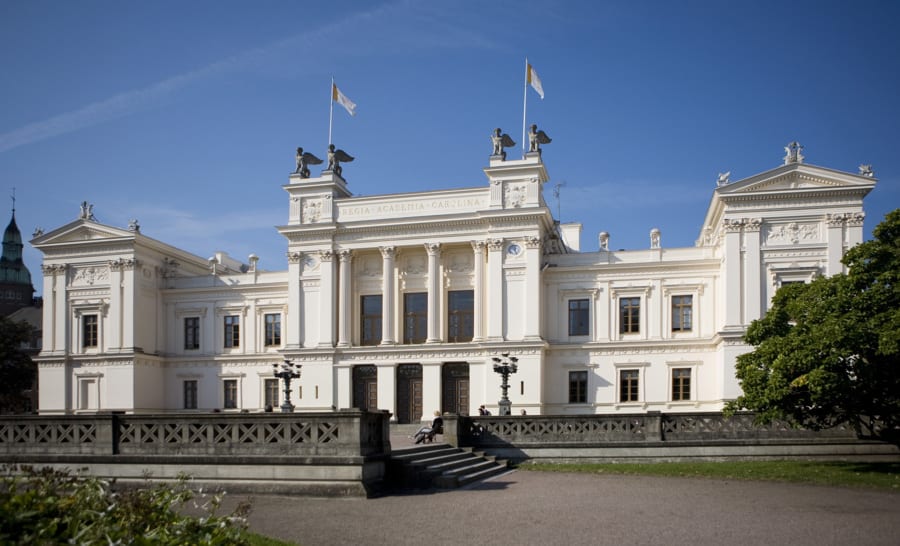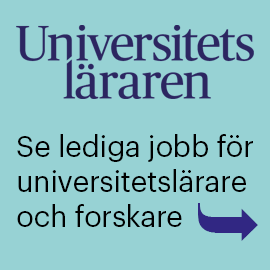In the report, Where does the money go? The state’s priorities and the higher education institutions’ internal allocation of direct government funding for research and education at doctoral level, SULF’s Head of Research Karin Åmossa has applied the classic principle of ”follow the money”, i.e. its path from state distribution to higher education institutions. She shows how each government since 2005 has prioritised the state research councils over the higher education institutions by the former constantly receiving a higher percentage allocation of funding.

“This means that funding for research takes a costly detour via the research councils, an increasing dependence on external funding, and thus reduced room for manoeuvre for the higher education institutions and more uncertain conditions for the researcher,” says Åmossa.
Higher education institutions afraid to employ
The report explains that higher education institutions link the large number of fixed-term employment contracts to their dependence on external funding. Because the higher education institutions do not know how much research funding they will have at their disposal, they do not dare to employ. When they do employ, it is often on condition that the researcher brings in enough external funding to cover their own salary, and if the researcher does not succeed in securing sufficient funding, the employment is terminated. “Even though there is nothing to suggest that the ability to bring in money is the same as being a good researcher,” says Åmossa.
She believes that higher education institutions that have recruited good researchers should also be able to help and support them financially if there is a shortage of external funding. “Perhaps the researchers could be employed as teachers. As things currently stand, researchers are not included in the institutions’ employment procedures. Researchers are not seen as ‘our staff’.”
Researchers take the financial risk
In the current system, it is therefore the individual researcher who takes the financial risk. One of the conclusions in the report is that it should instead be the institution that takes this risk and that a research system that puts this pressure on the individual needs to be changed. “Insecurity impacts a person’s ability to exercise their academic freedom, to dare to raise their voice and to publish controversial research results.
Big differences between HEIs
SULF’s report also includes the results of a survey sent to all higher education institutions. With a response rate of 80 per cent, it shows clear differences between different higher education categories when it comes to how the funding system is applied when the higher education institutions in turn allocate core public funding to faculties and the like. The large, broad universities allocate predominantly on a historical basis, i.e. they follow the allocation ratios of previous years, which gives some stability and predictability. Specialised universities and colleges allocate according to performance-based criteria or strategic initiatives to a greater extent, with the big difference being that the colleges receive only a fraction of the resources given to the specialised universities.
“HEIs making it worse”
Furthermore, the colleges are the only higher education group that allocates funding based on the number of full-year students, but these are actually low sums of money as the colleges’ research grants are small.
“The higher education institutions tend to aggravate the problems within the funding system when they choose to allocate their basic government grants according to performance-based criteria and strategic investments that are not stable over time,” says Åmossa.
The result is that the system, (which allocates according to indicators such as external funds), reproduces or even perverts itself at HEI level and has had a greater impact and probably become stronger than the government intended. However, it is clear from SULF’s report that the state, i.e. politicians, regardless of government, do not intend to bring about any substantial changes.
“Doing nothing to change it”
Karin Åmossa, who has been following and analysing state budgets and various governments’ research policies for many years, is hardly surprised by the results she has found. “It’s a little frustrating to see the difference between the rhetoric on the one hand and how things are prioritised in reality on the other. The Research Bill shows a clear awareness of the problems of precarious employment, but at the same time the government is not doing anything to actually change the situation.”
She believes that it is therefore time to act rather than continue waiting for a government to solve the problems. “Since everyone knows how the system creates uncertainty for researchers, it’s time to take the discussion to the next level. We would like to have a roundtable dialogue with the higher education institutions based on the report on the universities’ responsibilities. They have the scope to use their autonomy to provide more long-term stability.”
In a forthcoming report, SULF will build on with Anna-Carin Fagerlind Ståhl’s mapping of the system’s effects for researchers, In the shadow of uncertainty – external funding, precarious employment and work environment in higher education.
